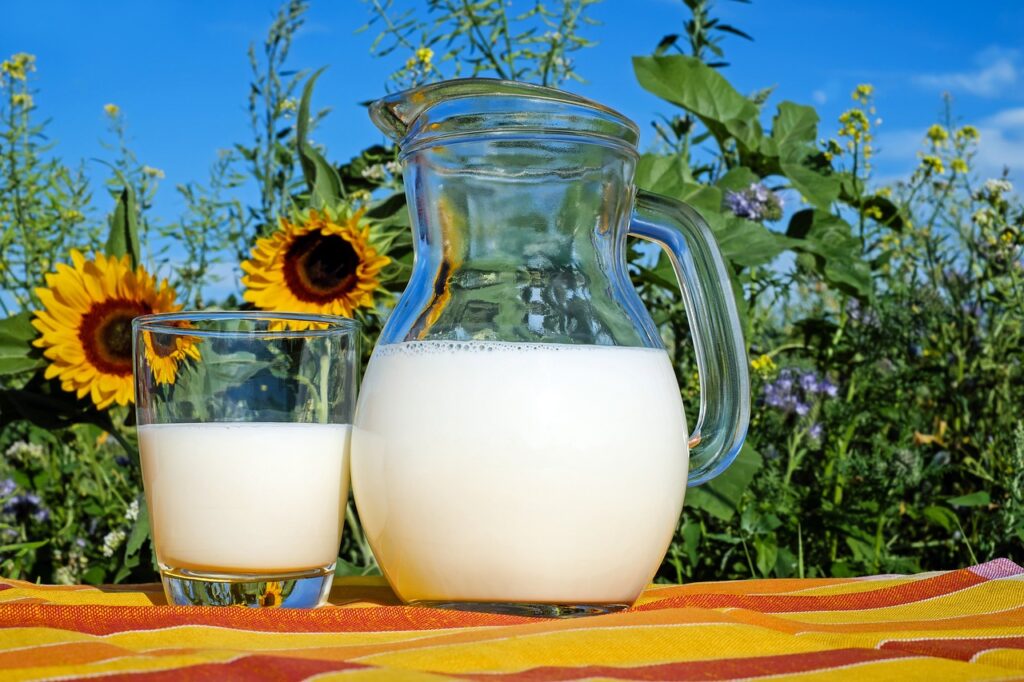The news about a new corona vaccine gives hope. How does it work? And when could it be used in Austria? We get to the bottom of the most important questions.
What is known about the effect of the vaccine so far?
According to the German company Biontech and the pharmaceutical company Pfizer, the vaccine candidate BNT162b2 is said to offer a 90 percent protection rate. Serious side effects have not been registered to date. This information is based on interim results of the Phase 3 study, which is crucial for approval. Biontech itself expects the first meaningful results from the ongoing efficacy tests in the coming days. “It will not be long before we have the first so-called readout, where we will see whether the vaccine is able to protect,” said Biontech CEO Ugur Sahin in an interview with Mainz newspapers. “By mid-November, we will have not only activity data, but also tolerability data”. Regarding the possible duration of efficacy, Sahin said that the potential vaccine mimics the natural infection. “We assume that there will be an immunity, which in my opinion will last for at least a year. Then annual re-immunization would be required. I assume that we can probably wait even longer”.
Does the drug prevent infection or just alleviate symptoms?
The aim of the vaccination is to stimulate the body to produce antibodies against this protein in order to intercept the viruses before they can enter the cells and multiply. However, according to Prof. Karin Stiasny from the Centre for Virology at MedUni Vienna, it is not yet known whether this can only prevent the disease or also an infection. Further investigations are needed here. “The end point has not yet been reached, but a good interim result is available”, summarised the virologist.
What is an mRNA vaccine?
Messenger RNA, mRNA for short, is genetic information. This information is taken from the spike protein and used for the production of the proteins. “The spike protein ensures that the virus can infect the cell. Antibodies are needed to prevent infection,” Stiasny explains. To do this, the mRNA – to put it simply – scientists take part of the virus genetic code that tells cells what to build and coat it in a lipid so it can enter the body’s cells. The cell takes up the genetic information and produces the protein against which the body subsequently forms antibodies that then fend off the virus.

Are further tests and procedures necessary for approval in the EU?
The vaccine must be submitted to the European regulatory authority, EMA for short. This is followed by a test and the approval procedure required for the EU. According to Stiasny, it is not possible to say at this stage how long the testing and the procedure will take. For corona vaccines, however, the approval process is accelerated due to the particular urgency. According to the APA, pharmaceutical manufacturers can submit individual parts regarding the quality, safety and efficacy of a preparation to the EMA even before the complete application for approval. The submission to the U.S. FDA is scheduled for next week.
When will the vaccine be available in Austria?
Health Minister Rudolf Anschober is optimistic that it will be possible to vaccinate risk groups and health workers against the coronavirus in the first quarter of 2021. “I assume that the other interested population can then be vaccinated step by step from the second quarter onwards. We are currently preparing the vaccination logistics for this. The European Medicines Agency (EMA) will decide on the exact time of delivery when the vaccine is approved for marketing. According to Anschober, the first approvals could be granted around the turn of the year.
Is there a plan as to who will be vaccinated first?
First of all, those people with the greatest personal or systemic risk should be vaccinated. On the one hand, this would involve staff in health and care facilities, and on the other hand, those people who have a personal risk of suffering a severe course of disease or dying from a Covid 19 infection, Anschober’s office referred to the elderly population over 70 and members of risk groups.
Where can I get the vaccine?
“We will provide low-threshold access to Covid-19 vaccination. It will go where people work, live or reside,” the office of the Minister of Health announced. It is expected that vaccination will not only be carried out in the usual places, but also by mobile vaccination teams, for example. However, the possible vaccination sites also depend on the characteristics of the vaccines – for example, with regard to storage.
What influence do possible virus mutations have on the vaccine?
Currently, reports from Denmark about mutated corona viruses transmitted from minks to humans are causing a stir. It is not yet clear whether the mutation could affect the effectiveness of future vaccines. However, a mutation of the spike protein of the SARS CoV-2 virus, which is in the news, is “not necessarily a cause for concern”, Andreas Bergthaler from the Research Center for Molecular Medicine (CeMM) in Vienna told APA. “It is difficult to imagine that future vaccines will be ineffective due to a single mutation.”
The vaccine must be stored at minus 80 degrees. How does the distribution work under these conditions?
According to Stiasny, special stabilization studies help to provide an answer to this question. “You have to take a close look at how long the vaccine lasts at four degrees after thawing,” says the virologist. It can be assumed that the companies will make recommendations in this regard.
When can we expect a return to normality?
Stiasny does not want to give a prognosis as to when a return to normality is possible. Too many influencing factors play a role here. Among them is the question of whether a new vaccine can only prevent the disease or also the infection. “But it is already quite good to have a glimmer of hope. That you know it will get better sometime.
Hector Pascua, Source: APA and News Agencies. Picutres. bbc.com and pixabay.com
This post has already been read 1201 times!



